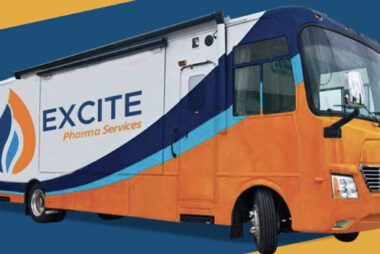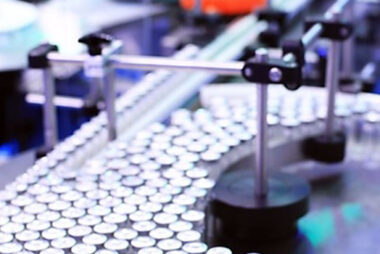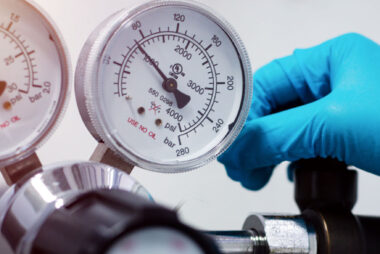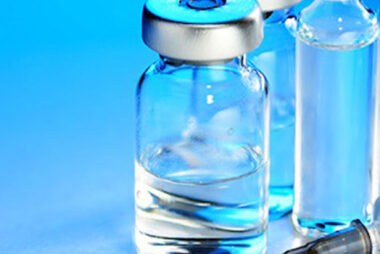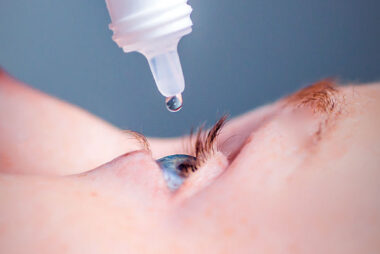
Endotoxins are bacterial proteins that are on the inside of the cell wall. More specifically, they are toxins that were present inside a bacterial cell and were then released when the cell lyses open during the death of the bacterial cell. They can sometimes be responsible for the characteristic symptoms of diseases and other ill effects on patients. A bottle or a vial or a solution – or anything really – can pass sterility, and sterility testing is often requested by most clients. However, during sterility testing, this does not confirm the absence of endotoxins. When a bacterial cell dies it releases the endotoxins present within the cell. These endotoxins can cause anaphylactic shock due to the immune system because they can cause hypersensitivity, inflammation, fever and even death. The worst part is they are very, very hard to kill. They are ubiquitous in nature and specific testing of pharmaceuticals, medical devices and medicinal containers is needed to keep patient safety Excite Pharma Services our main goal.
Just because the sterility test shows that everything is “sterile”, it does not mean it is endotoxin-free, and endotoxins require only a very minute concentration in order to harm a patient. So, here at Excite Pharma Services, we do very sensitive endotoxin testing on all of our formulations, our vials, our bottles, our water used for rinses, and our filters. We do everything possible to make sure everything is endotoxin free, because – especially with immunocompromised patients, or children – even the smallest amount can cause harm. Because of this, virtually any of our clients can benefit from our endotoxin studies, especially any with formulations that are injectables.
We use a compendial test, USP 85, in which we use cartridges rather than doing the gel clot method. The gel clot method requires more supplies and can be a bit complicated, whereas with cartridges, you just place 25 microliters of sample into four different wells – it is user friendly and gives a very accurate printout of data and test results. Because of the relative simplicity involved in the methods we use, versus those available that some of our competitors use, the turnaround time we offer is certainly better than some of those other labs. Additionally, all of our cartridges are FDA approved, whereas with the gel clot method, it is easier to experience occasional technical errors. You have to make sure your heat block is exactly a particular temperature, whereas the device we use automatically records the
temperature and it uses a kinetic chromogenic picturing technique in order to create those results. With the gel technique, you are visibly checking the results, and visual inspections are usually open to a little bit more interpretation, as opposed to a readout from a direct piece of equipment.
And the important thing for customers to understand endotoxin testing is more than just a nice-to-have. It is a must. We will often ask “What is your sterilization process?” and then usually they’ll say either autoclaving, irradiation, or some other method. Our next question is then typically “What about your endotoxins?” because unless it’s really formulated in the verification of a material for formulation, they likely haven’t even considered it yet.
It’s our job to help customers think through these things and offer them options and methods that will help increase the success of their projects and to ensure patient safety. That is exactly what we do here at Excite Pharma when it comes to your project’s endotoxin testing.




